Space Technology Hall of Fame
Featured
Beowulf Computing Cluster
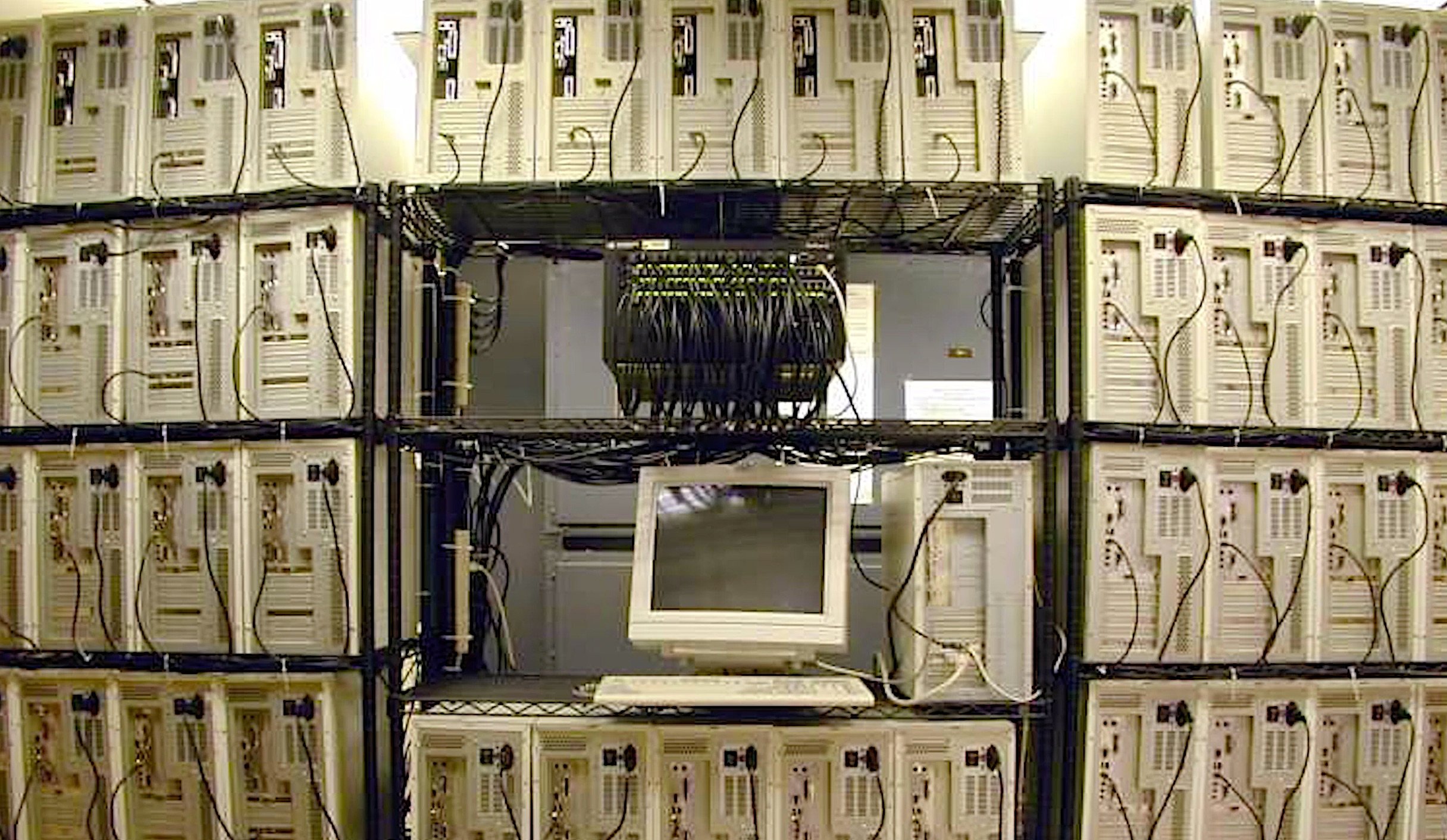
A Beowulf Computing Cluster is a grouping of off-the-shelf computer hardware networked together with fast communication software. The resulting parallel processing power of the collection generates processing speeds faster than most super-computer systems used for complex processing – at a fraction of the cost. In the mid-90’s however, such a configuration didn’t seem very advantageous.…
CubeSats
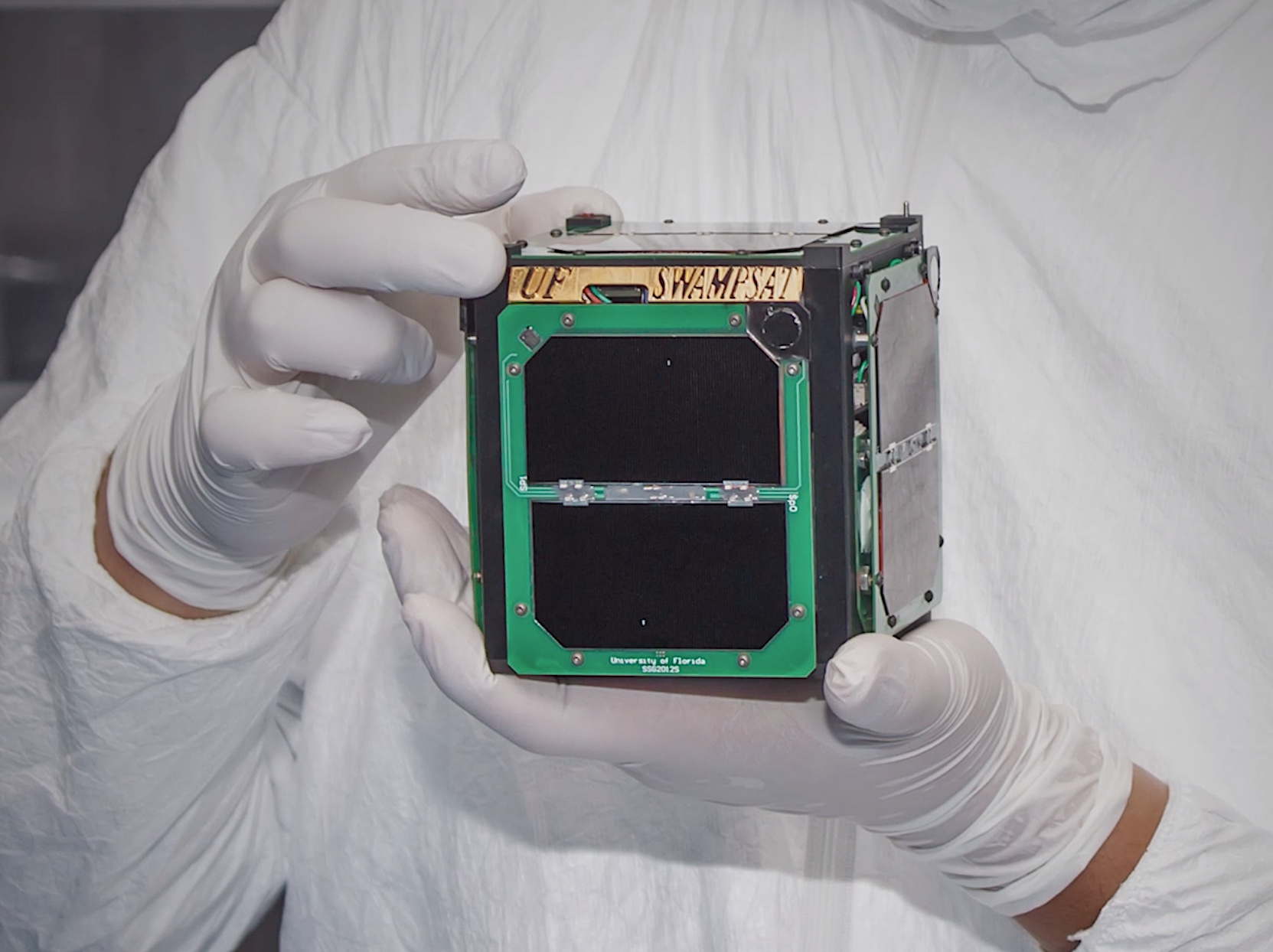
The origin story of the CubeSat idea is clear-cut and well-known. It was conceived by two engineering professors as a teaching tool for students to get hands-on experience with satellite functionality. In the 1990’s Professor Robert Twiggs was teaching engineering students at Stanford. At the time, he had them designing and building small satellites (roughly…
Bubble Detector
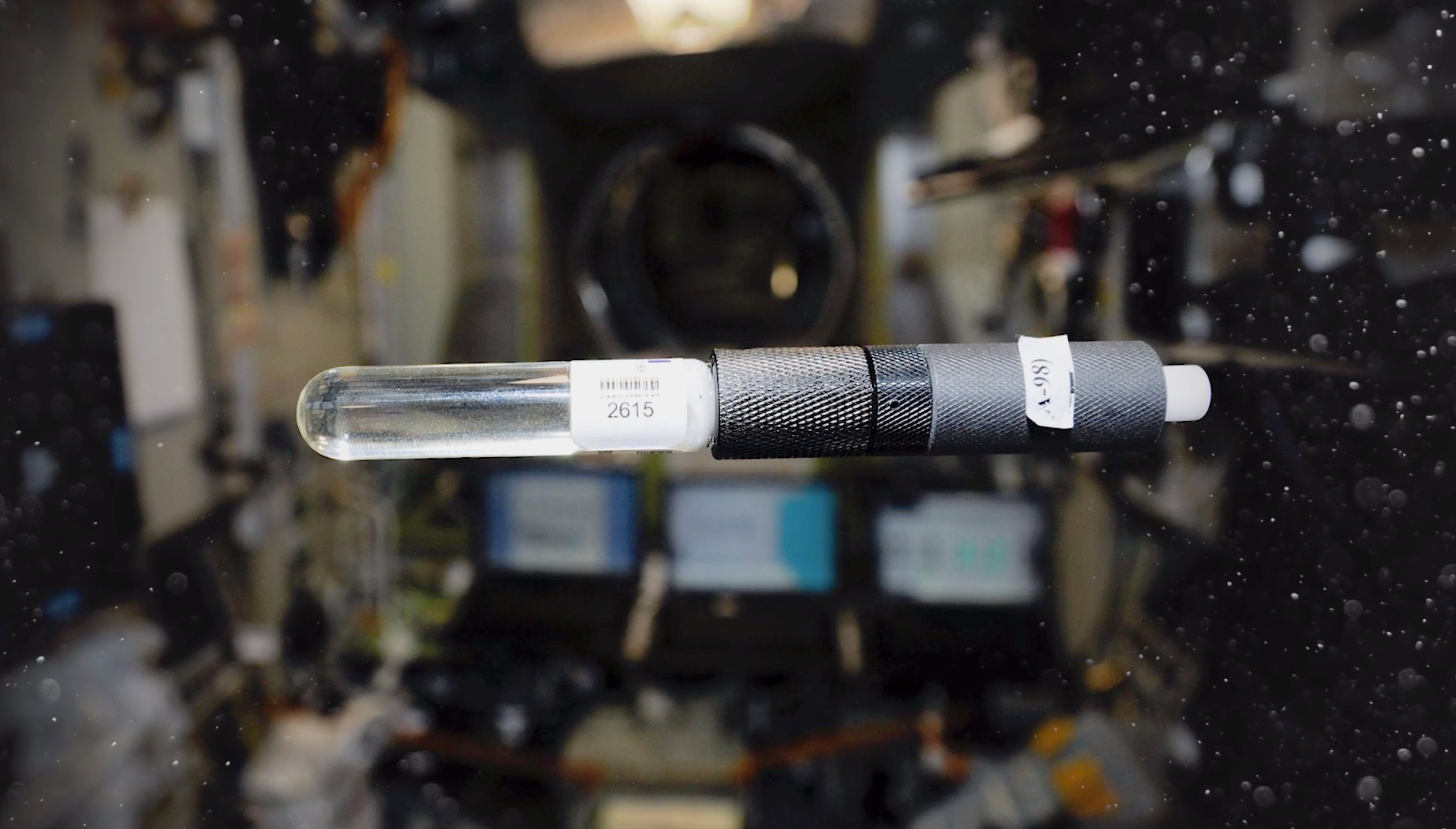
Canada’s Bubble Technology Industries (BTI) created the Bubble Detector to detect and record levels of neutron radiation exposure to humans. The detector is a small vial about the size of your thumb. It is small enough and portable enough to be worn by astronauts while in space. In addition to its space applications, the Bubble…
Original Astronaut Space Pen
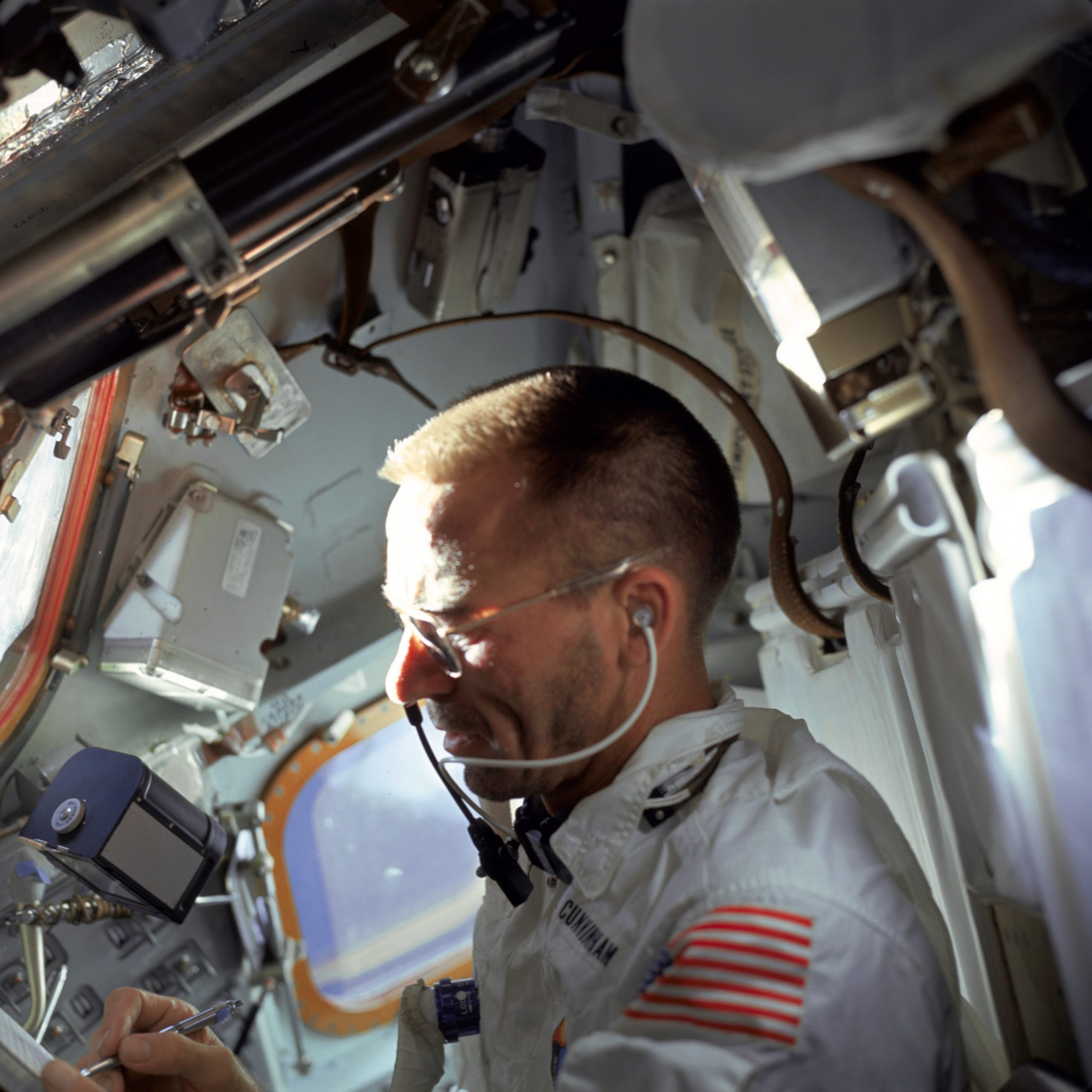
If there is one model of space pens that single-handedly launched Fisher Space Pen into space, that would be the AG7 – Original Astronaut Space Pen. The creation of this pen took thousands of failed experiments, personal investment of hard-earned money, and a tad bit of “Mad Scientist” work-ethic to bring the first ever, pressurized…
Protective Coating for Ceramic Materials
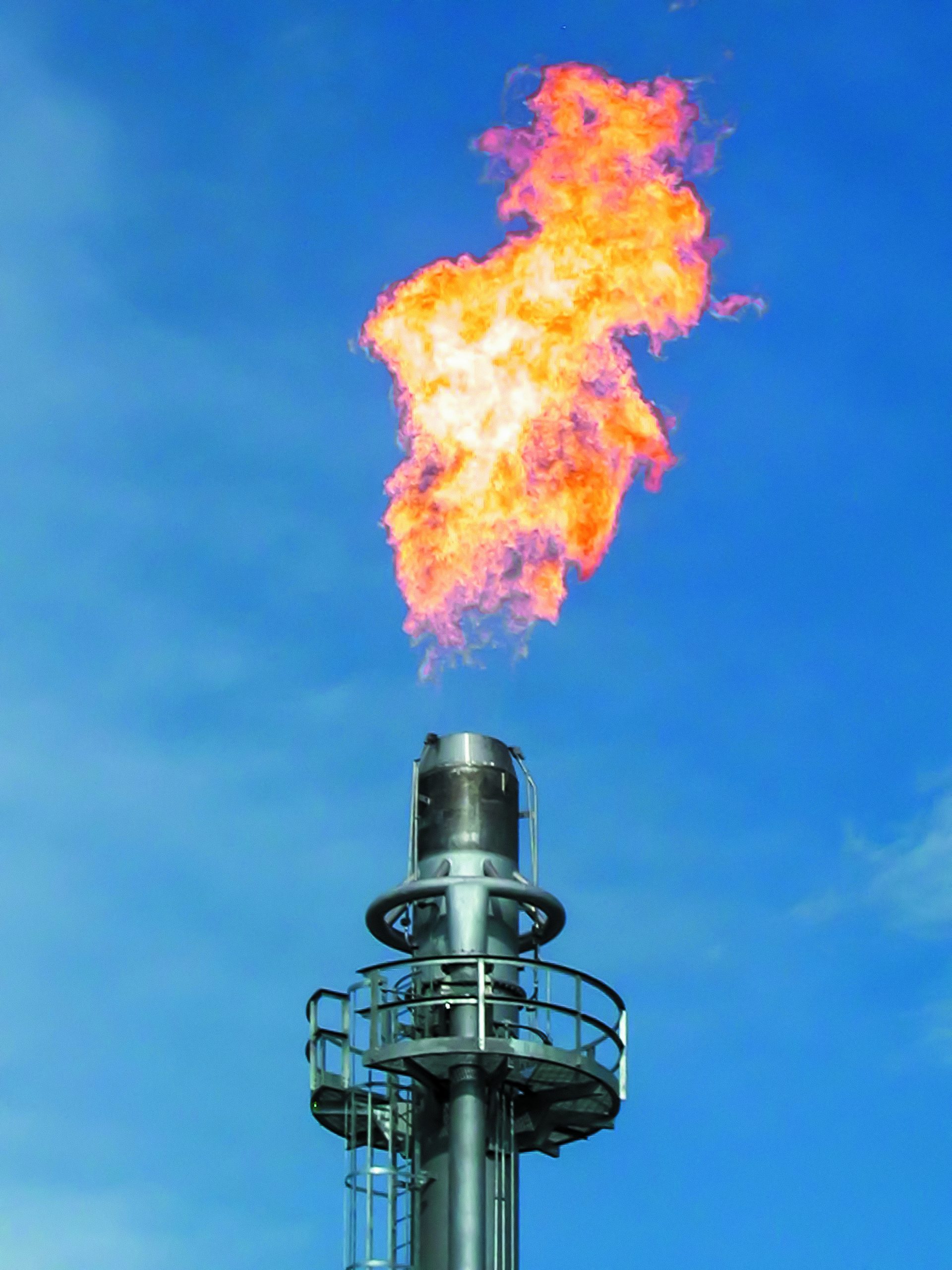
Researchers at Ames had devised a silicon-based compound as part of the development of the X-33 and X-34 prototype planes. These planes were projected to fly at 15 times the speed of sound. The friction from these super-sonic speeds would produce extremely high temperatures on the airplanes surface, so a protective coating was needed to…
Apollo 70 Cardiac Care Monitoring System
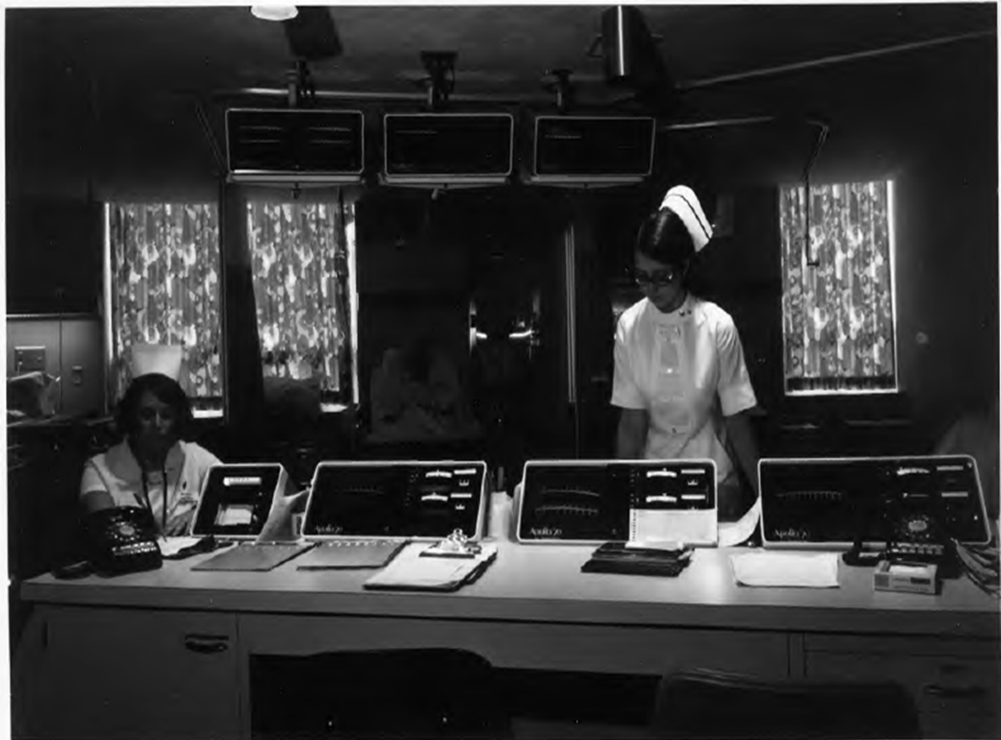
Founded in 1958, Spacelabs Healthcare approached NASA with their concept of a real-time system for monitoring astronauts’ vital signs while in orbit, including a telemetry system to simultaneously transmit the data back to Earth. From 1962 to 1967, Spacelabs was awarded NASA and Air Force contracts to develop this system, which was first used by…
Audio Conference Bridge Technology
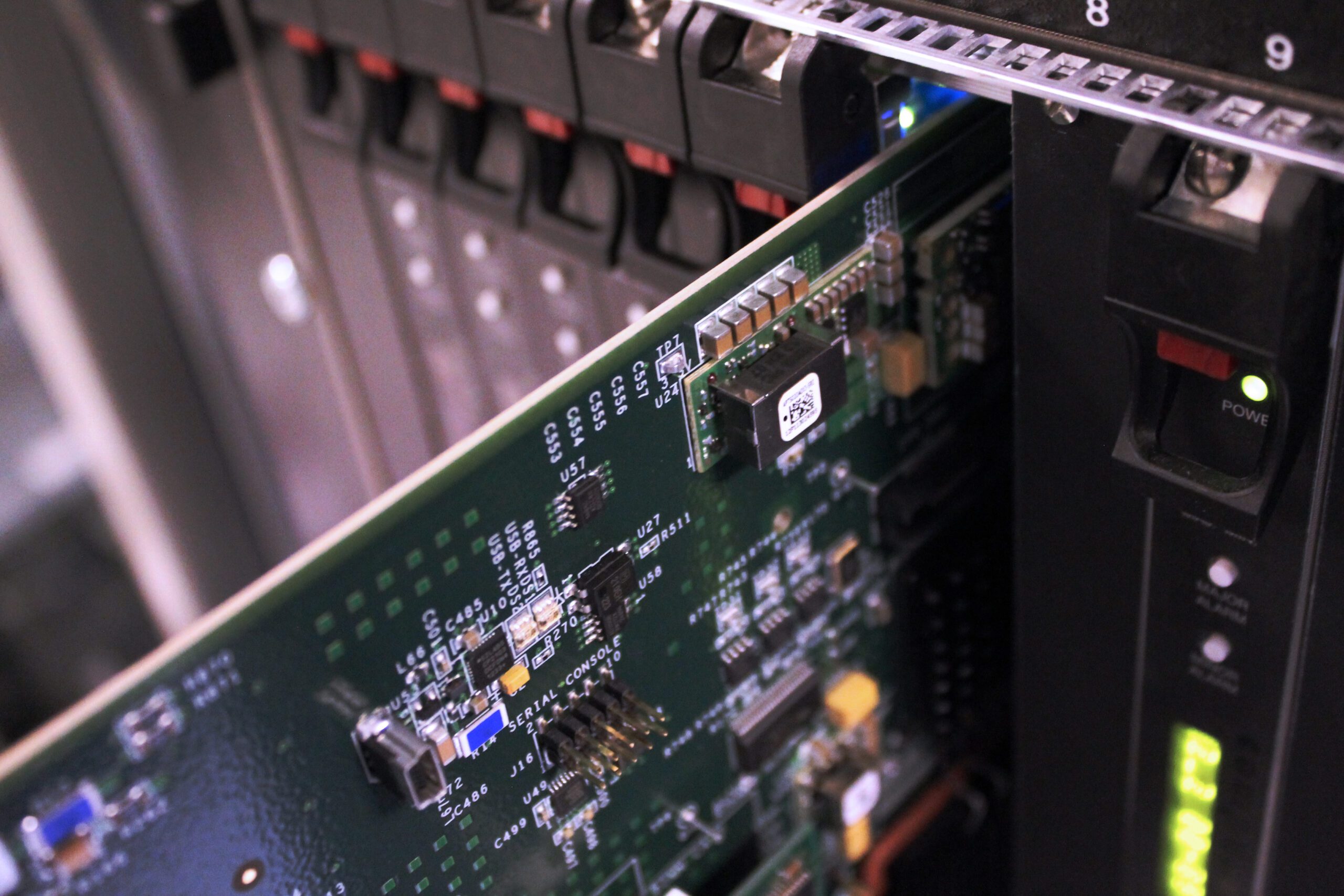
Compunetix was founded in 1968 as a small contract-services technology provider. In 1987, they won a contract to deliver a digital voice switching system for NASA that would accommodate the agency’s wide range of communication needs. At the time, NASA’s communication network was an analog system requiring the manual switching of cables to relay communication…
Traveling-Wave Tube Amplifier
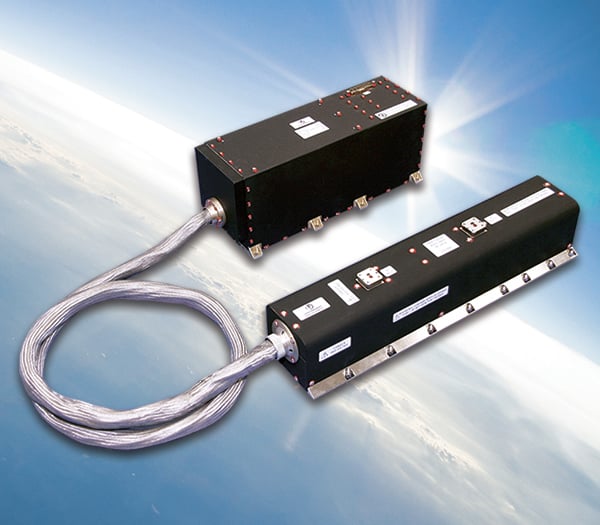
First developed in the 1930s, Traveling-Wave Tube Amplifiers (TWTAs) were designed to amplify radio frequency signals. It was in the early 1960s that NASA and L3 teamed up to evolve the technology so it would meet the transmission needs of space missions. The first TWTA flew on a satellite in 1962, and they have been…
SpiraFlex Interim Resistive Exercise Device (iRED)
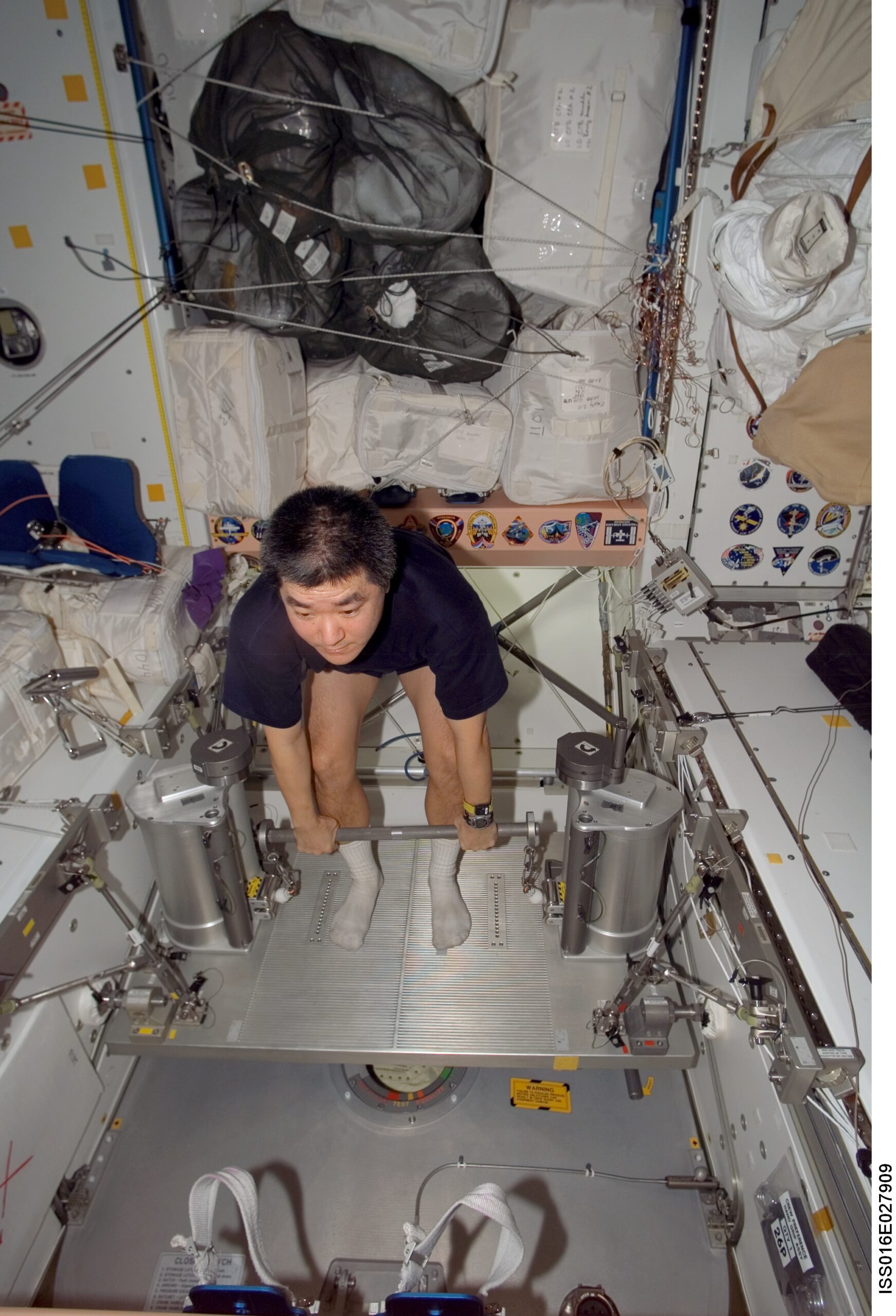
Long stays in space, such as on the ISS, take a toll on the human body, as muscles atrophy and bones weaken and lose minerals. Astronauts have long used exercise equipment to help mitigate the effects of microgravity on their bodies. But as NASA astronaut Shannon Lucid found in 1996 after a six-month stay on…
Ka-Band Software-Defined Radio (SDR)/Harris AppSTAR™ Architecture
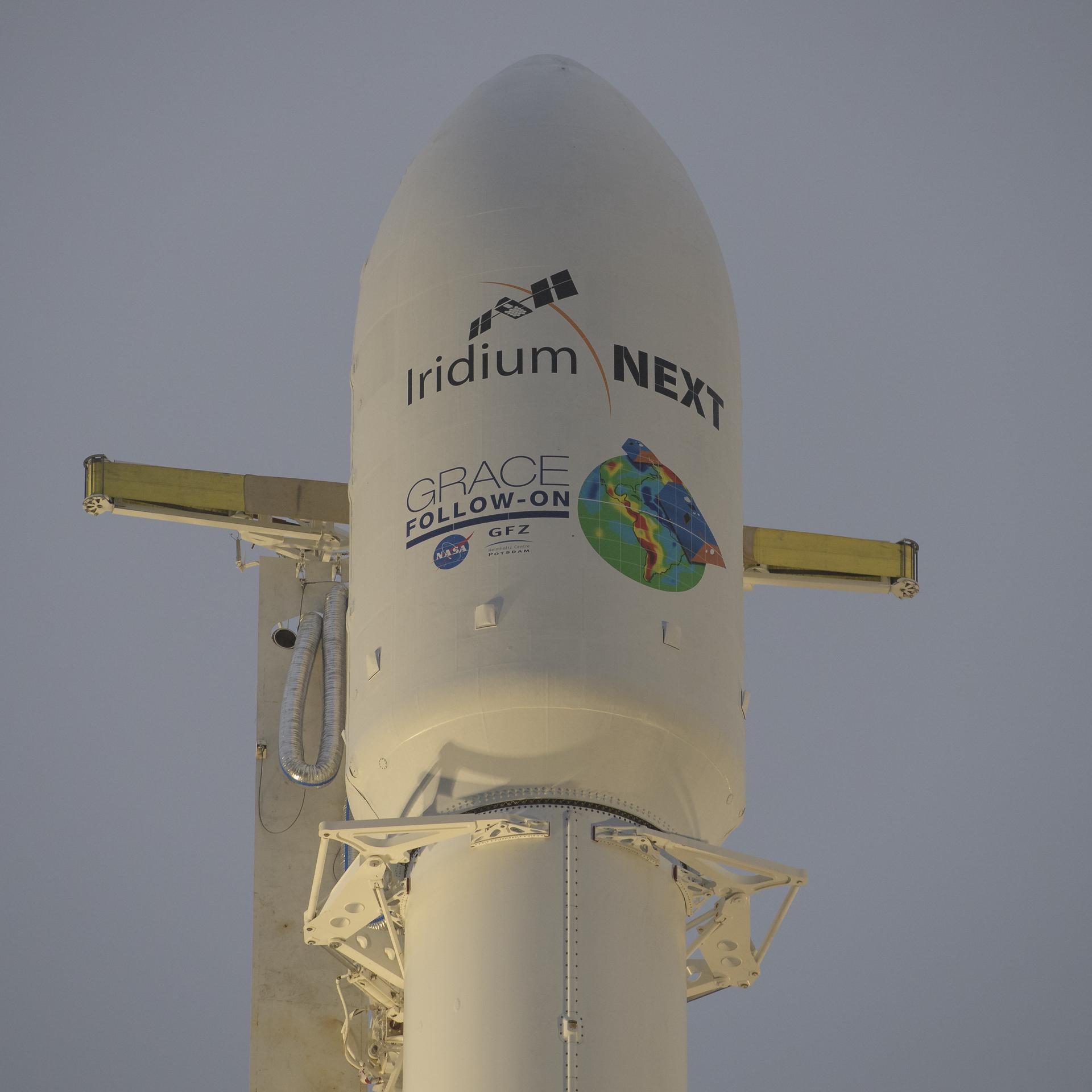
Communication devices, such as smart phones and radios, rely on electromagnetic spectrum, particularly the “S-band” portion to transmit data. Given the growing use of these technologies, the S-band has become congested with many users. This is a challenge for space missions especially given the huge amounts of data that must be rapidly delivered to Earth…
